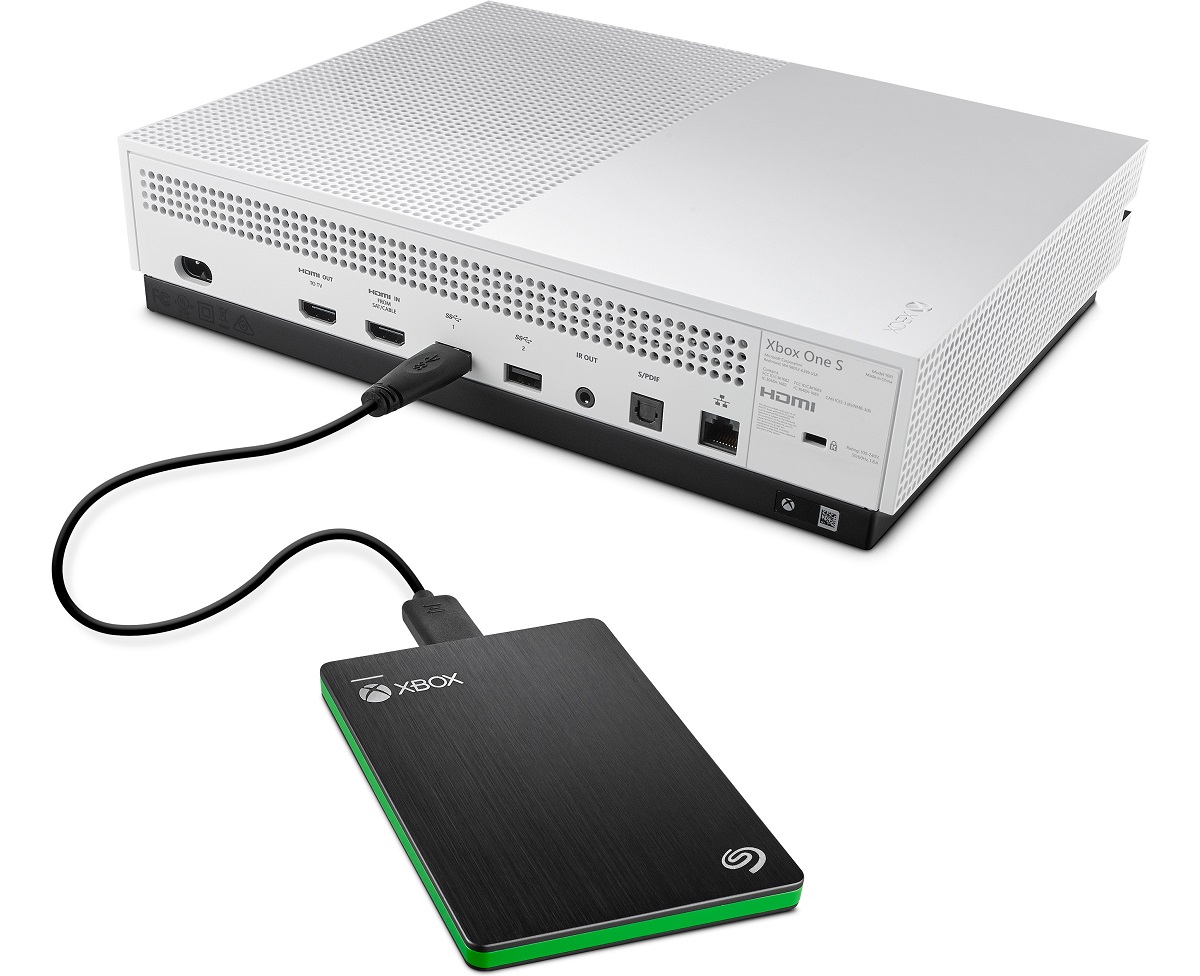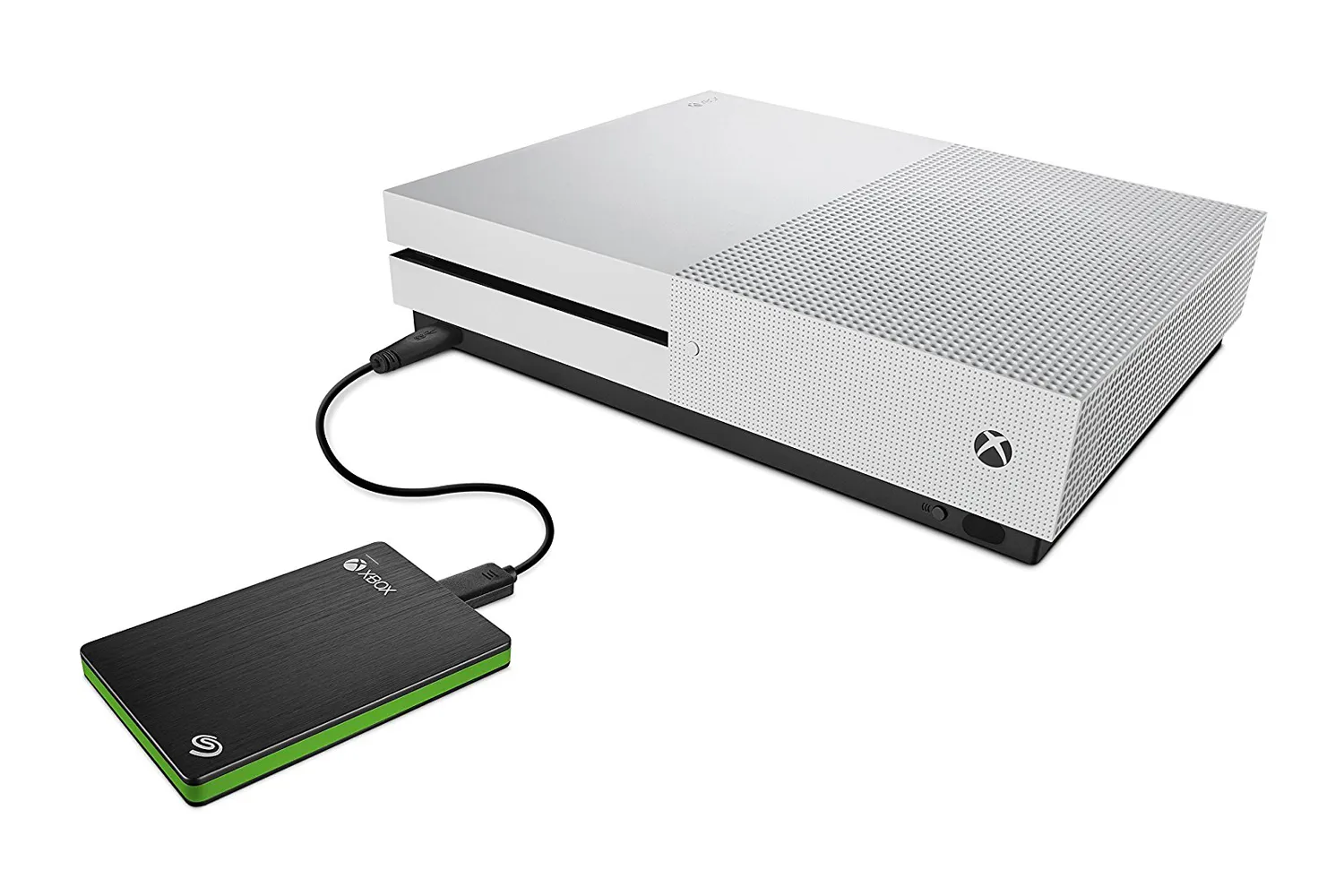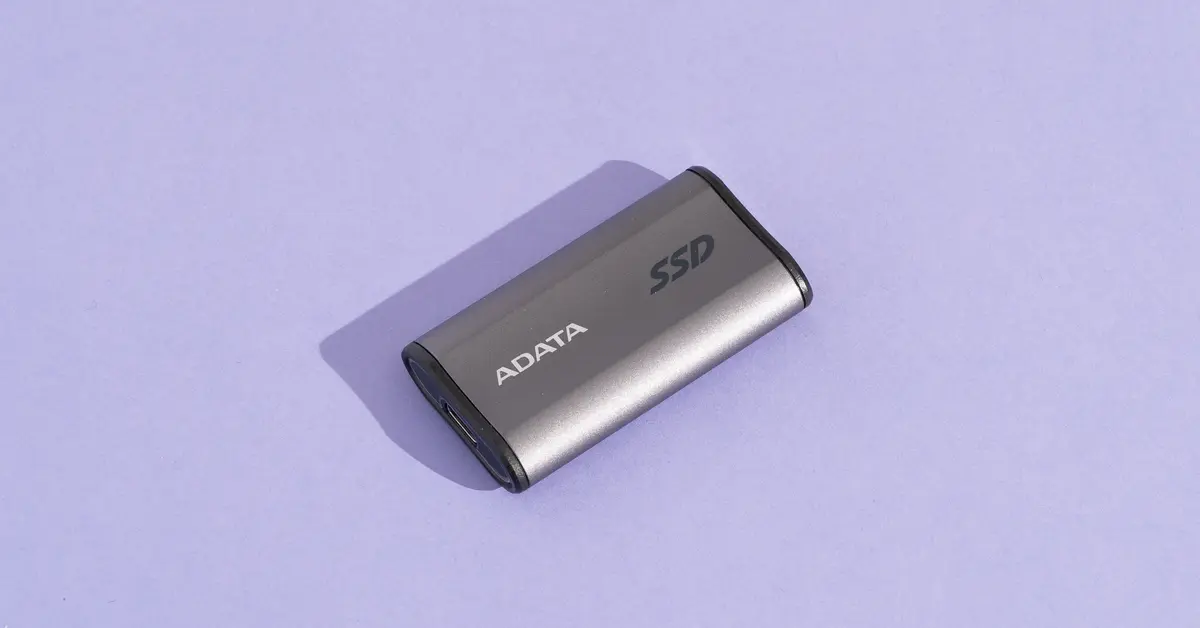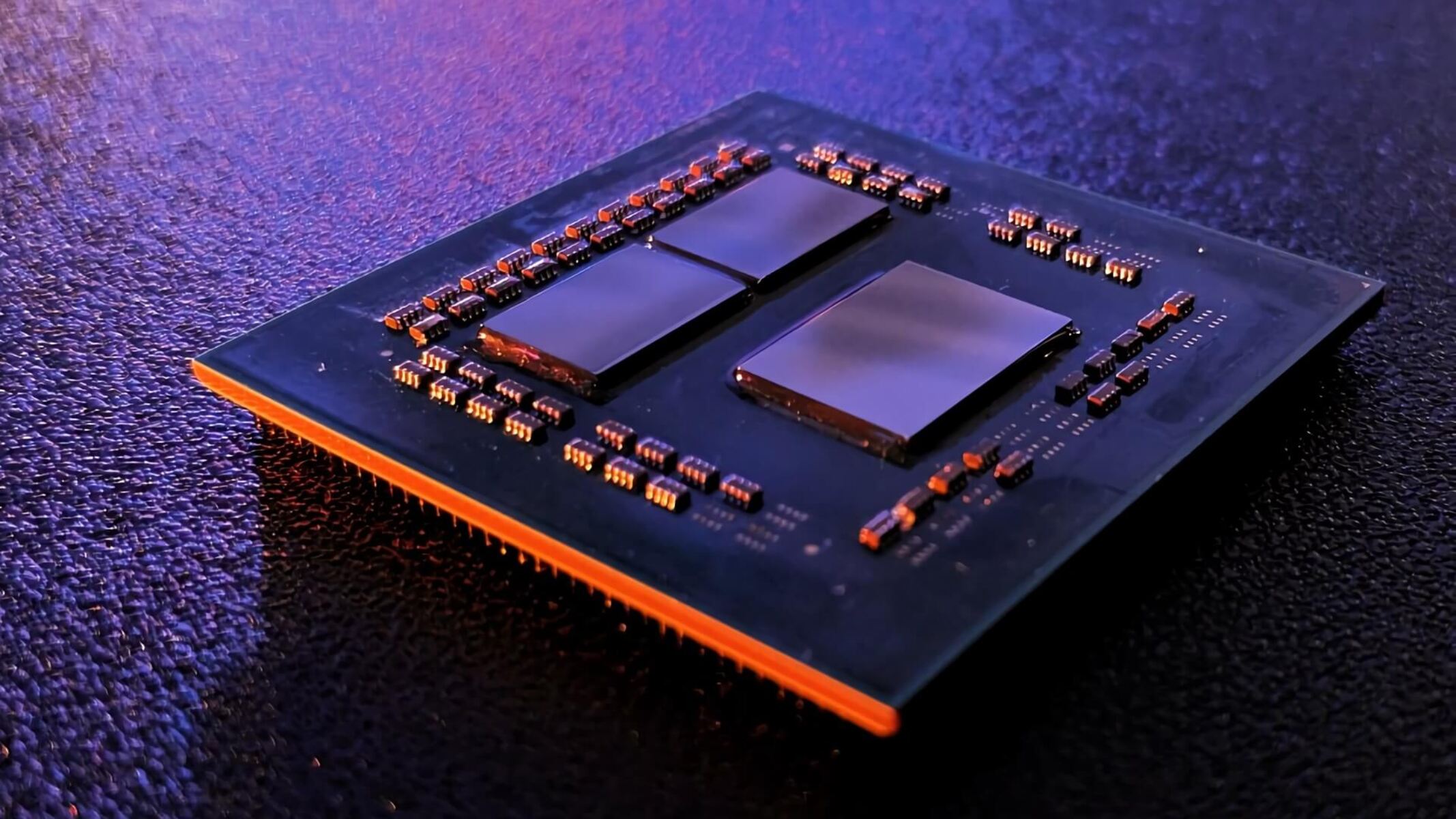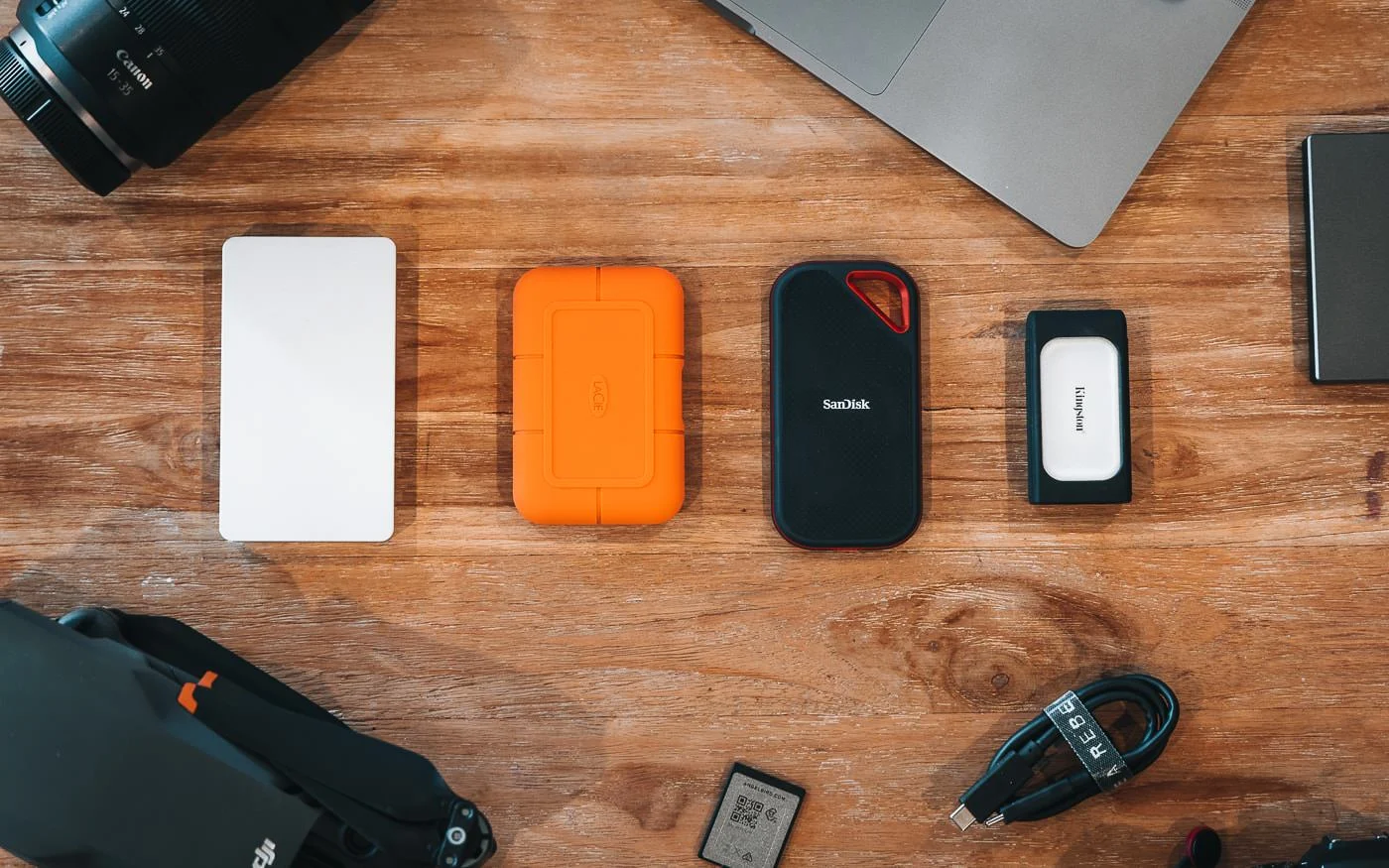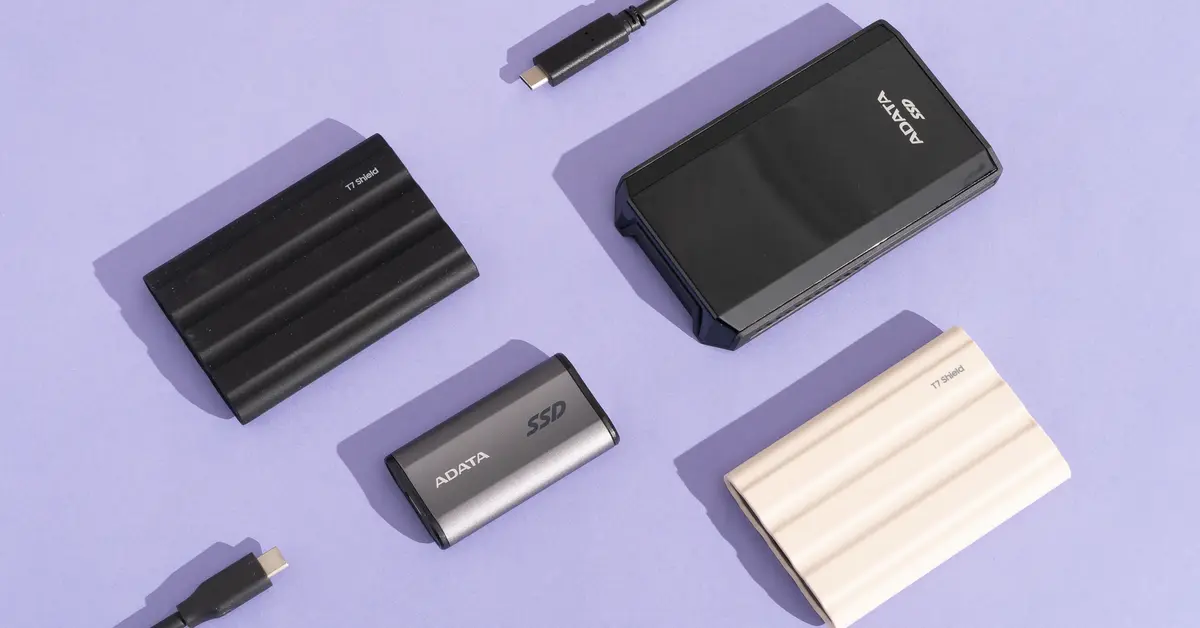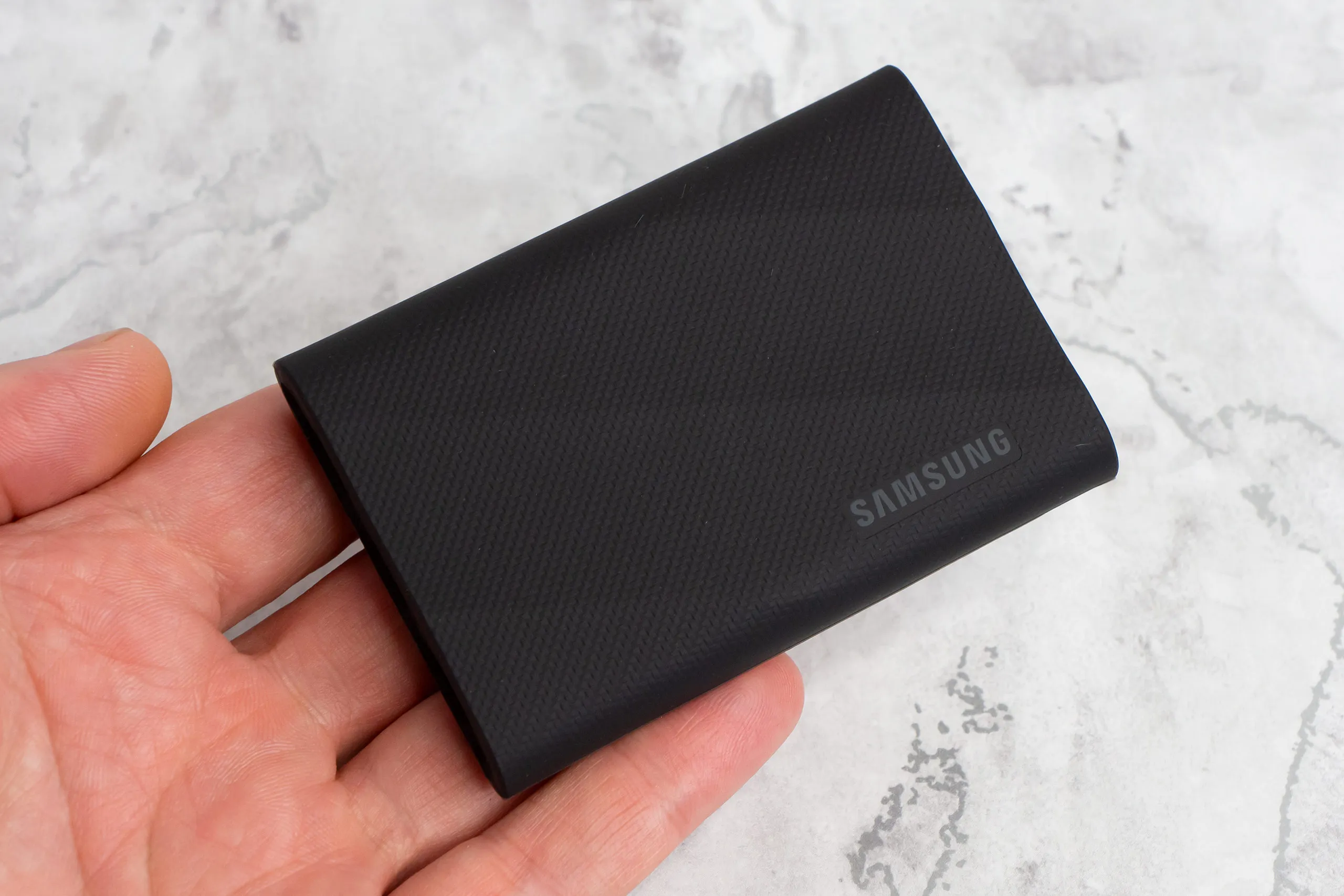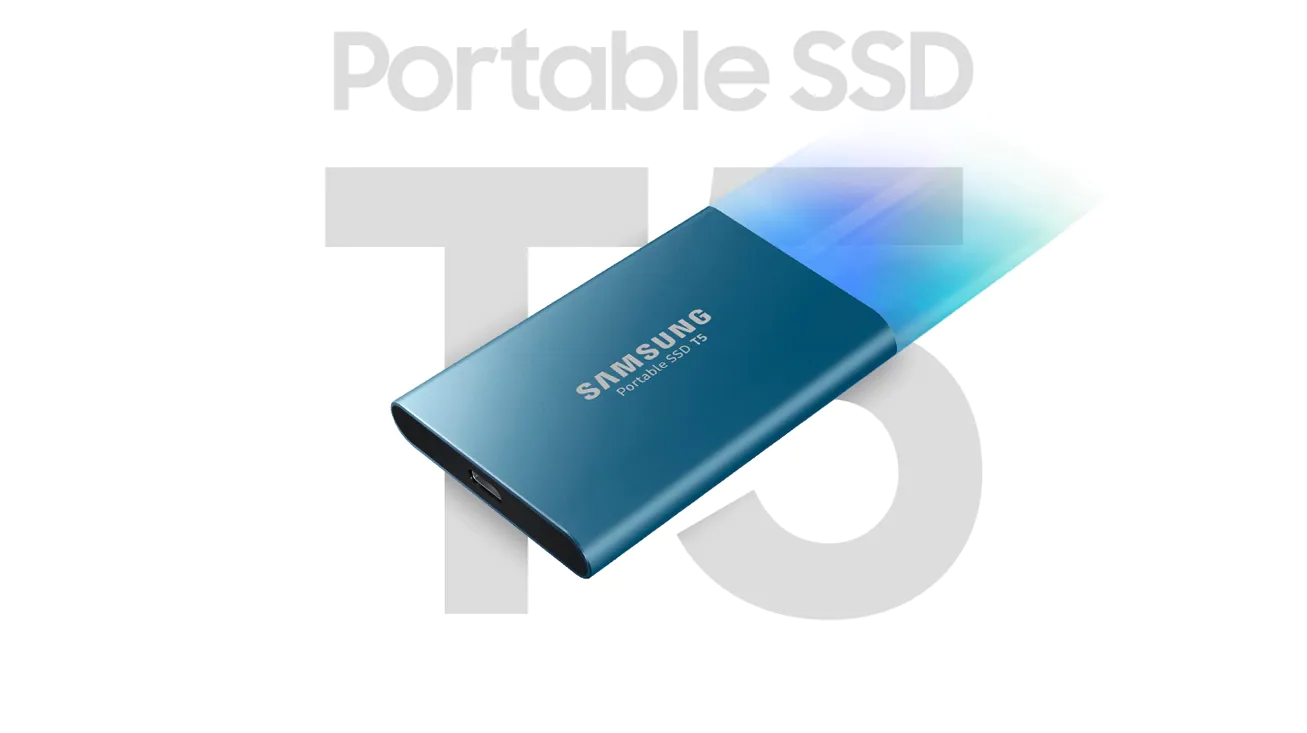Introduction
The Xbox One, released in 2013 by Microsoft, is a popular gaming console that has garnered a large following of dedicated gamers. While the console boasts a host of impressive features and capabilities, one aspect that has left some users puzzled is the absence of a solid-state drive (SSD) in the system’s default configuration. In a world where SSDs have become increasingly prevalent in PCs and other gaming consoles, the decision to stick with a traditional hard disk drive (HDD) may seem like a missed opportunity for enhanced performance.
The Xbox One’s choice to utilize an HDD instead of an SSD can be attributed to several factors. These include cost considerations, storage capacity, impact on game performance, compatibility with previous Xbox consoles, and power consumption. In this article, we will delve deeper into these reasons and shed some light on why the Xbox One did not include a solid-state drive in its default configuration.
Cost considerations
One of the primary factors that influenced Microsoft’s decision to opt for a traditional hard disk drive (HDD) in the Xbox One was cost. SSDs are known for their superior performance compared to HDDs, but they come at a significantly higher price point. This cost disparity becomes even more pronounced when considering the large storage capacities required for modern games, which can easily reach dozens of gigabytes or more.
When the Xbox One was released, SSDs were still relatively expensive, making their integration into the console’s default configuration financially impractical. By selecting an HDD instead, Microsoft was able to keep the overall cost of the system within a more accessible range for consumers. This decision ensured that the Xbox One remained competitive in the market and offered an affordable gaming platform for a wide range of players.
It is worth noting that the cost of SSDs has decreased over the years, making them more accessible to consumers. Today, many gamers choose to upgrade their Xbox One consoles with an SSD to take advantage of the improved loading times and faster access to game data. However, this remains an optional upgrade rather than a default configuration due to the ongoing price difference between HDDs and SSDs.
While cost considerations played a significant role in the selection of an HDD for the Xbox One, it’s important to recognize that Microsoft’s decision was driven by a desire to provide a balance between performance and affordability. By choosing an HDD, the company ensured that gamers could still enjoy a high-quality gaming experience without breaking the bank.
Storage capacity
Another factor that influenced the absence of a solid-state drive (SSD) in the Xbox One is the need for adequate storage capacity. As game developers continue to push the boundaries of graphics and gameplay, the size of game installations has significantly increased. This trend has necessitated the inclusion of larger storage options in gaming consoles to accommodate the demanding needs of modern games.
At the time of the Xbox One’s release, SSDs offered significantly lower storage capacities compared to traditional hard disk drives (HDDs) at a similar price point. This limitation would have resulted in a compromised gaming experience due to the limited space available for game installations. To provide users with ample storage capacity, Microsoft opted for HDDs, which offer larger storage options at a more affordable price. This decision allowed gamers to install and store a larger number of games, ensuring they had a substantial library to choose from without constantly worrying about managing limited storage space.
Since the release of the Xbox One, SSDs have become more common and offer larger storage capacities. However, even today, SSDs with capacities comparable to HDDs come with a considerable price premium. Hence, while some gamers may choose to upgrade their consoles with an SSD for improved performance, the default inclusion of an HDD ensures that users can still enjoy a substantial amount of storage space at a more affordable cost.
It’s important to note that Microsoft has recognized the evolving needs for storage and has released later versions of the Xbox One that offer larger HDD options and even integrated SSDs in higher-end models. These options cater to users who prioritize faster load times and improved overall performance. Nonetheless, the inclusion of SSDs as the default storage solution still presents cost and capacity challenges that Microsoft had to consider during the initial release of the Xbox One.
Limited impact on game performance
Contrary to popular belief, the absence of a solid-state drive (SSD) in the Xbox One does not significantly hinder the overall game performance. While SSDs are known for their faster data access times and reduced load times, the impact on actual in-game performance is relatively minimal. This is due to the Xbox One’s efficient caching mechanisms and optimized operating system design.
The Xbox One utilizes a hybrid storage approach called “Intelligent Delivery,” which allows game developers to prioritize essential game assets and load them onto the console’s faster system memory. This means that critical game elements such as character models, textures, and gameplay mechanics are already stored in the console’s RAM, providing quick access during gameplay. HDDs, with their larger storage capacities, can still handle the bulk of game data, including less frequently accessed assets and game updates, without compromising overall performance.
Furthermore, the Xbox One’s operating system is specifically optimized to leverage the capabilities of an HDD. Microsoft has implemented efficient file management systems and data access algorithms, which minimize the impact of slower HDD read and write speeds during gameplay. This ensures a smooth and seamless experience for gamers, even with the absence of an SSD.
It is important to note that while SSDs can offer faster load times, which can be particularly beneficial in open-world games with extensive map traversals, the actual difference in performance during gameplay is marginal. Once the game is loaded and assets are cached into the system memory, the impact of storage technology on performance becomes less pronounced.
Additionally, game developers understand the limitations of different storage technologies and design their games accordingly. They optimize their titles to provide an immersive experience regardless of whether the game is played on a console with an HDD or SSD. This ensures that gamers can enjoy their favorite titles on the Xbox One without being hindered by the choice of storage technology.
While an SSD may offer faster load times and slightly improved performance in certain scenarios, the Xbox One’s use of an HDD as its default storage solution does not significantly impact the overall gameplay experience. The console’s intelligent caching mechanisms, optimized operating system design, and game developer optimizations ensure that gamers can enjoy smooth, immersive gameplay without the need for an expensive SSD upgrade.
Compatibility with previous Xbox consoles
When designing the Xbox One, Microsoft took into consideration the need for compatibility with previous Xbox consoles. The inclusion of a traditional hard disk drive (HDD) instead of a solid-state drive (SSD) helped ensure that games and accessories from previous generations could seamlessly work on the new console.
The transition from Xbox 360 to Xbox One required not only a change in hardware architecture but also a consideration for the vast library of games and peripherals that users had accumulated over the years. By using an HDD, Microsoft ensured that the Xbox One was capable of running older Xbox 360 games without any significant compatibility issues.
SSDs, while offering superior performance, have different architecture and data access methods compared to HDDs. Integrating an SSD as the default storage solution would have required game developers to rework and optimize their titles specifically for the new hardware, potentially rendering older Xbox 360 games incompatible. This would have limited the backward compatibility feature that allows gamers to enjoy their favorite titles from previous generations on the Xbox One.
Furthermore, the inclusion of an HDD made it easier for users to transfer their game data and digital libraries from their older Xbox consoles to the new Xbox One. The compatibility of the storage medium ensured a smooth transition for users, allowing them to continue playing their favorite games without any hassle.
While Microsoft has since introduced newer models of the Xbox One, such as the Xbox One S and Xbox One X, which include SSDs or hybrid storage configurations, the initial decision to use an HDD in the default configuration was crucial in ensuring compatibility with previous Xbox consoles. It allowed gamers to seamlessly transition to the new generation while still being able to enjoy their existing library of games and accessories.
Overall, the choice to use an HDD instead of an SSD in the Xbox One was driven by the need to maintain compatibility with previous Xbox consoles. This decision ensured that gamers could continue to play their favorite games and use their existing accessories without facing significant compatibility issues. While SSDs may offer enhanced performance, the compatibility factor played a crucial role in determining the storage solution for the Xbox One.
Power consumption
Power consumption is a significant consideration when it comes to designing gaming consoles, and it played a role in the absence of a solid-state drive (SSD) in the Xbox One’s default configuration. SSDs typically consume more power than traditional hard disk drives (HDDs). While the difference may not be significant on an individual level, when multiplied across millions of consoles, the impact on overall power consumption and operational costs becomes substantial.
By opting for an HDD, Microsoft was able to ensure that the Xbox One maintained reasonable power consumption levels without compromising the gaming experience. While SSDs offer faster data access speeds, their higher power consumption would have necessitated additional cooling mechanisms and increased energy consumption, potentially leading to a bulkier and more expensive console.
Additionally, gaming consoles are often used for extended periods, sometimes running games for several hours at a time. During these extended gaming sessions, power consumption becomes an important consideration to prevent overheating and ensure the longevity of the console. The efficient power consumption of an HDD, combined with the console’s thermal management system, helps maintain optimal operating temperatures and ensures a reliable gaming experience.
It is important to note that power consumption is not solely determined by the storage technology used. Gaming consoles have numerous components, including graphics processors, CPUs, and cooling systems, all of which contribute to power consumption. By carefully considering each component’s power requirements in conjunction with the HDD, Microsoft was able to deliver a gaming console that strikes a balance between performance, energy efficiency, and cost-effectiveness.
While power consumption may not be the primary concern for all users, it is an important aspect to consider on a broader scale. By utilizing an HDD, the Xbox One achieved a more energy-efficient design, resulting in lower operational costs and a smaller environmental footprint. For those who prioritize power efficiency and sustainability, the inclusion of an HDD in the default configuration of the Xbox One showcases Microsoft’s commitment to striking a balance between performance and environmental responsibility.
Final thoughts
The decision to exclude a solid-state drive (SSD) from the default configuration of the Xbox One was based on several factors, including cost considerations, storage capacity, limited impact on game performance, compatibility with previous Xbox consoles, and power consumption. While SSDs offer faster data access times and enhanced performance, the use of a traditional hard disk drive (HDD) in the Xbox One’s default configuration provided a balance between performance and affordability for users.
It’s worth noting that technology has evolved since the release of the Xbox One, and SSDs have become more accessible and affordable. Many gamers choose to upgrade their consoles with an SSD to take advantage of the improved loading times and faster data access. Microsoft has also released newer models of the Xbox One that incorporate SSDs or hybrid storage solutions for users who prioritize performance.
However, the initial decision to utilize an HDD as the default storage solution had its merits. It ensured an affordable gaming platform, compatibility with previous Xbox consoles, ample storage capacity, and reasonable power consumption. The Xbox One’s intelligent caching mechanisms, optimized operating system design, and game developer optimizations further mitigated the impact of not having an SSD on overall game performance.
Ultimately, the choice between an HDD and an SSD depends on individual preferences and priorities. Gamers who seek the utmost performance and speed may opt to upgrade their Xbox One consoles with an SSD. However, for the majority of users, the Xbox One’s default configuration with an HDD provides a reliable and cost-effective gaming experience.
As technology continues to advance, we can expect future iterations of gaming consoles to push the envelope even further in terms of storage performance and capabilities. The use of SSDs or other storage innovations may become more prevalent. However, it is essential to remember that the Xbox One, despite its inclusion of an HDD, remains a capable and popular gaming console that offers an immersive gaming experience for gamers around the world.







